Born out of Queens, New York, Dawoud Bey is an American educator and photographer who has had much experience in taking photos of his neighborhood from the streets of New York. In his interview, he talks about his Night Coming Tenderly, Black project and how they were a way of telling a part of history that hasn’t really been told–or, in his words, making the “invisible visible”. To find his voice when it comes to photography, Bey utilizes black-and-white photography to convey the message that despite the different backgrounds, there is more complexity to African Americans than what any history book can show, despite their day-to-daily lives. One of his photos, which features a black-and-white landscape of a house in the middle of a forest, is a perfect example of what Bey’s purpose is when it comes to his photos. By giving us a photo of this house in the middle of nowhere, Bey showcases a perspective of what being was like throughout history– turning the viewers into a part of the experience of what the slaves see when they was hiding in the shadows. Bey tells a story better than what any history book can convey EMOTIONALLY, and this is further highlighted when he talks about his hearing loss, showcasing just how important the eyes are when beholding works such as this.
Carrie Mae Weems is another American photographer, and just like Bey, she also emphasizes having a voice towards a specified subject. In her interview, she talks about her Kitchen Table Series project, and how her photos is not only a way to communicate a message for women everywhere, but also a message to communicate to everyone in regards to family dynamics and relationships around a domestic space–that being the kitchen table. One photo, being a picture of a man sitting on the table with the woman standing in the background, showcase her description perfectly, as the image fits the “battling dynamic between men and women” description that Weems was talking about. By taking photos of people in the same setting, Weems created a voice that gives women to use to speak out against the social imbalance between themselves and the men in their lives.
Both Carrie Mae Weems and Dawoud Bey used their photography works to create the message for them that art can tell more of a story than what words can do. Bey recreates history by using photos to deliver a voice that gives African minorities another layer of complexity and a chance to view them in a more colorful light. Although Weem uses that same process of recreating a setting for African Americans, her targets were more specific to women when it comes to relationship dynamics. Both photographers used an image to combat stereotypical beliefs, in a manner to change a point of view. I believe that that is what Bey means when he wanted to “re-shape the world”; photography has the power to convey emotions, understanding, and even relatability in a sense that mere words can only go so far to affect the mind. It is true what the old saying goes: “A picture is worth 1000 words.”
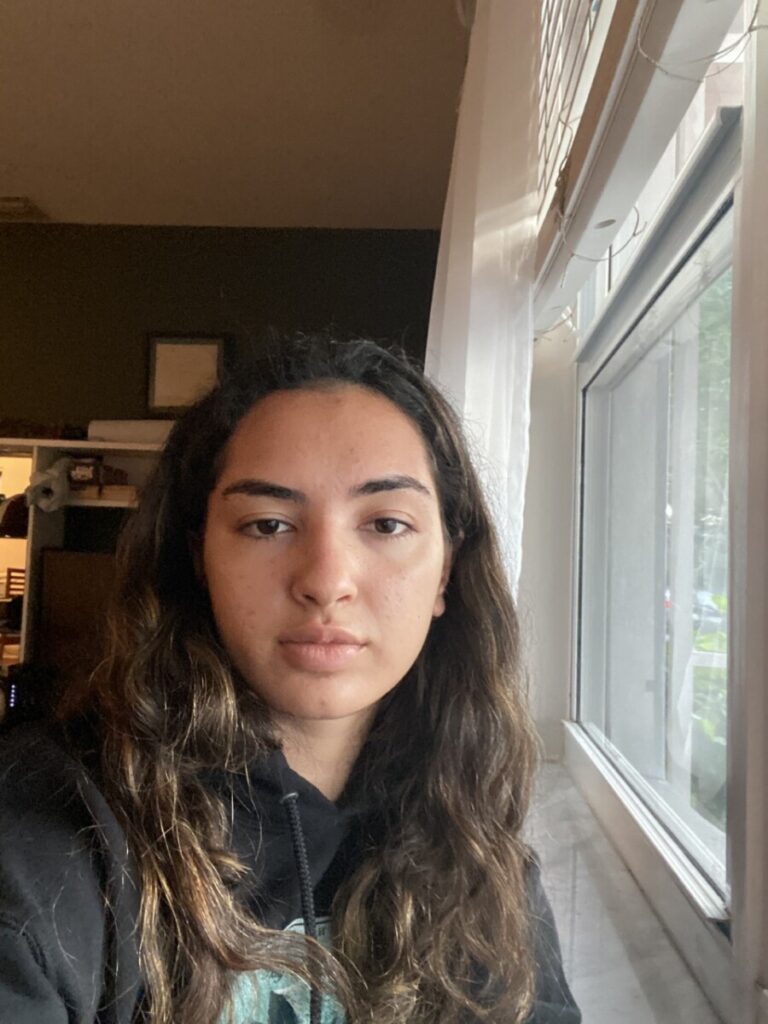


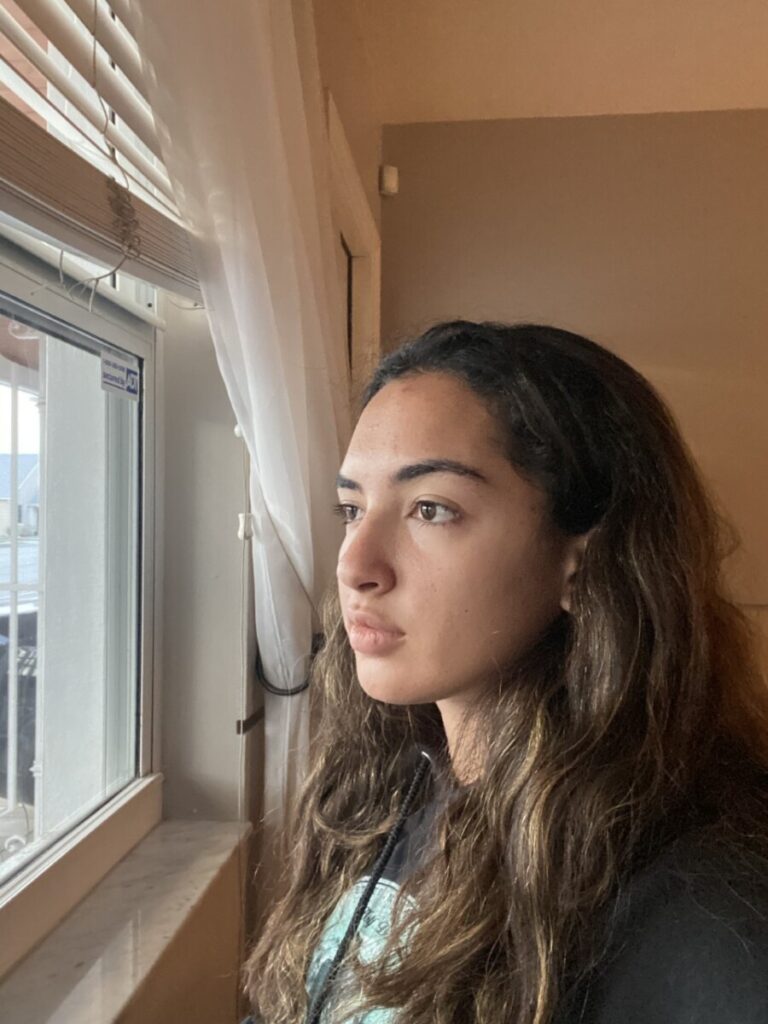

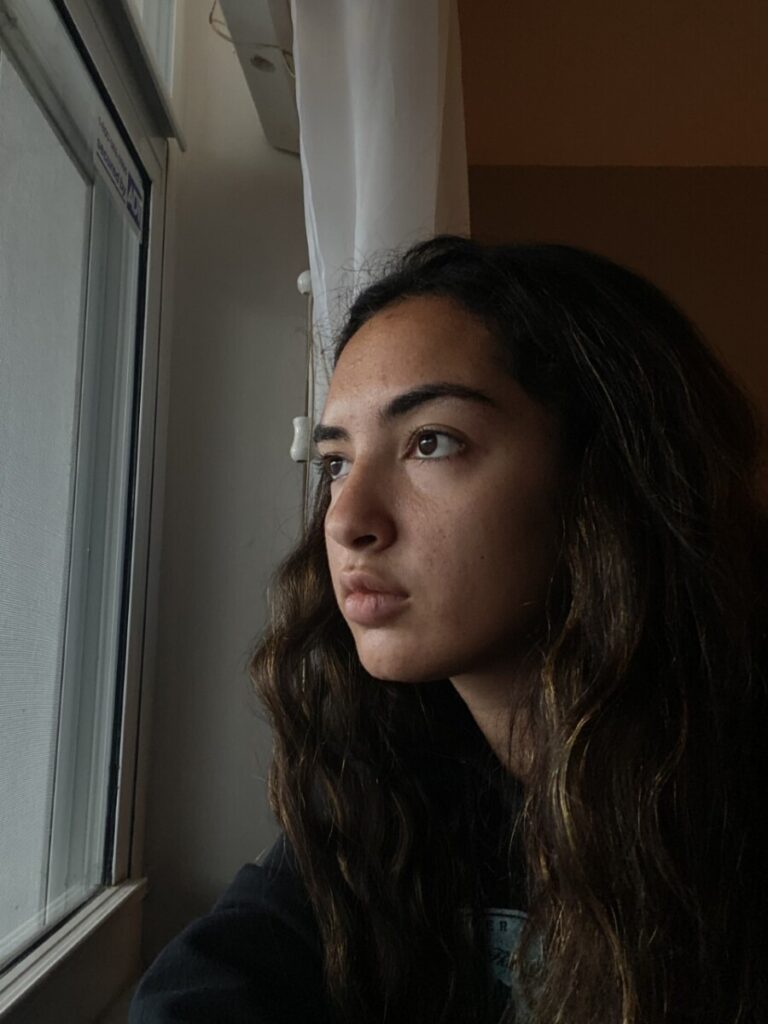
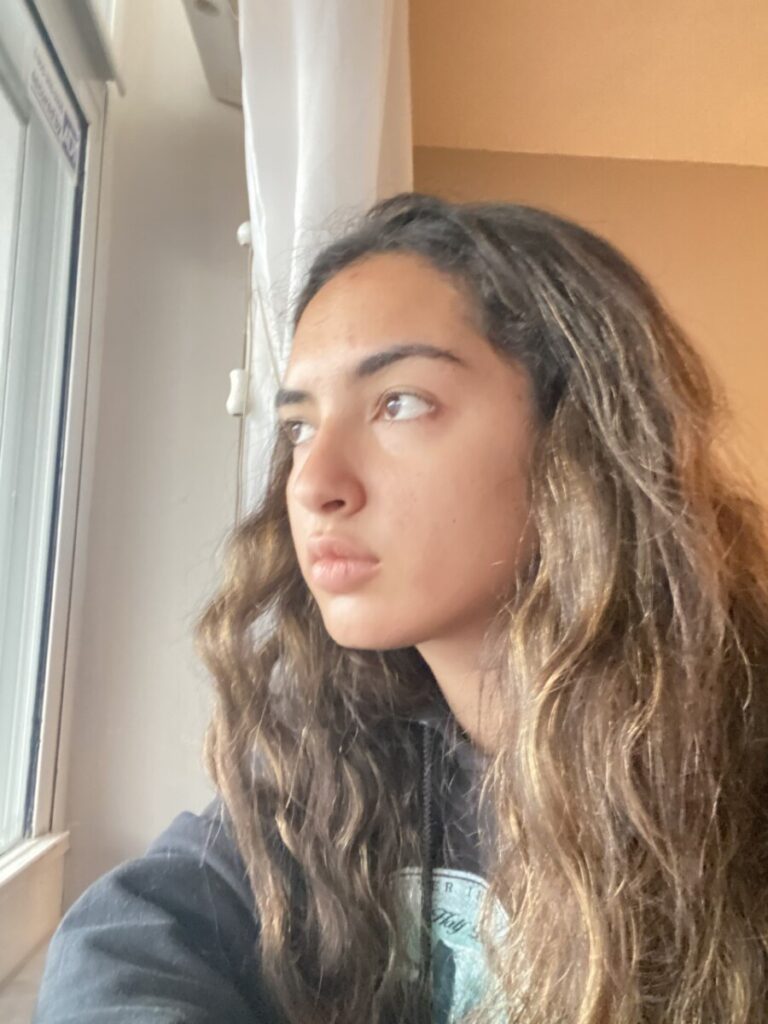
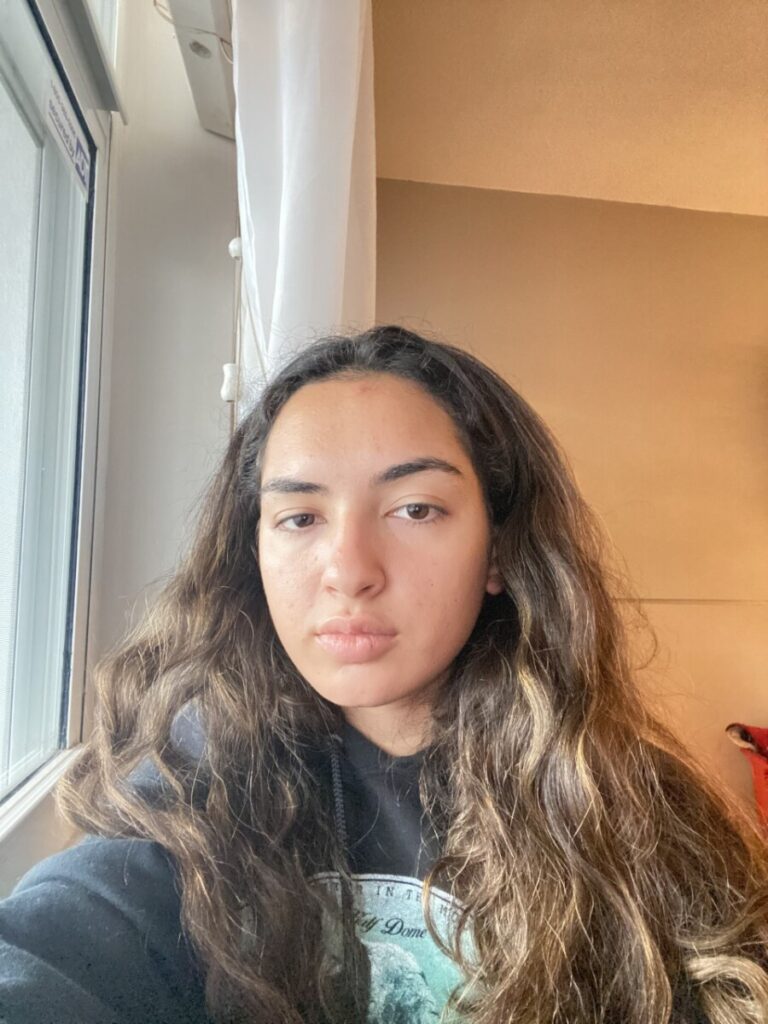






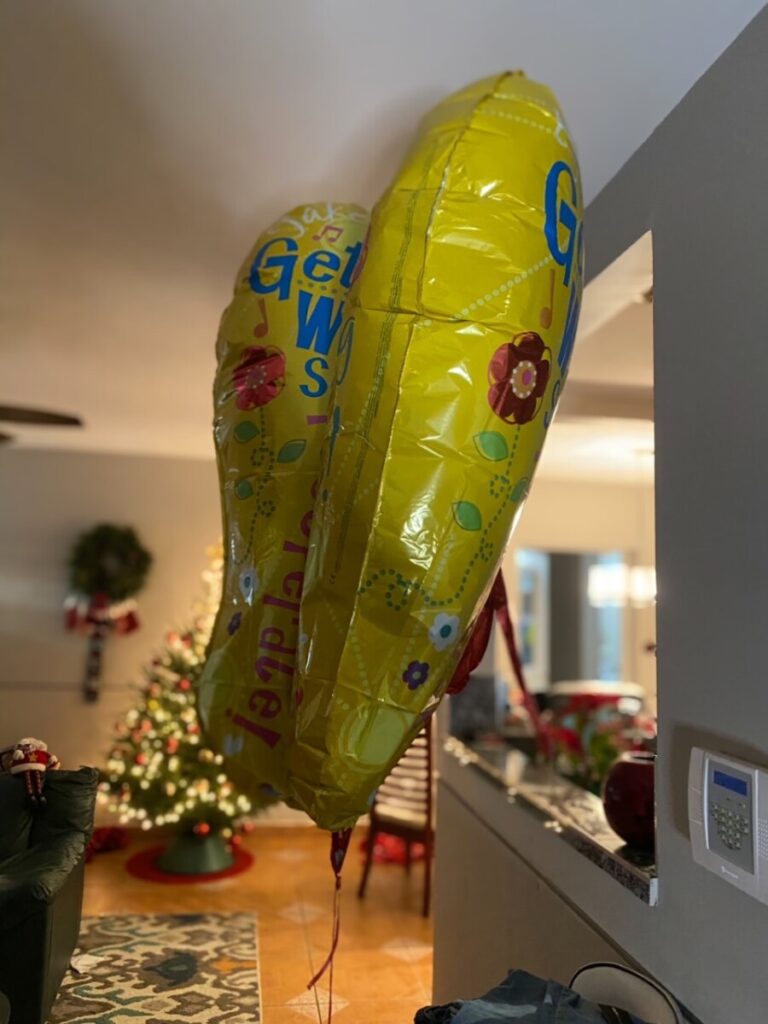


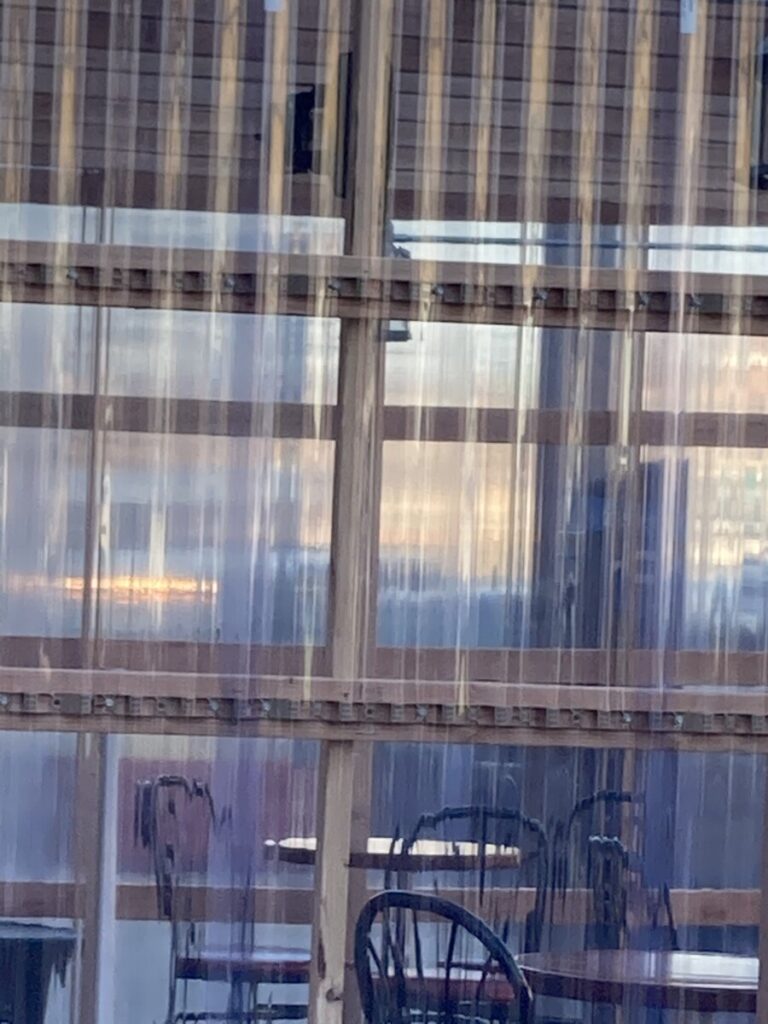





Recent Comments